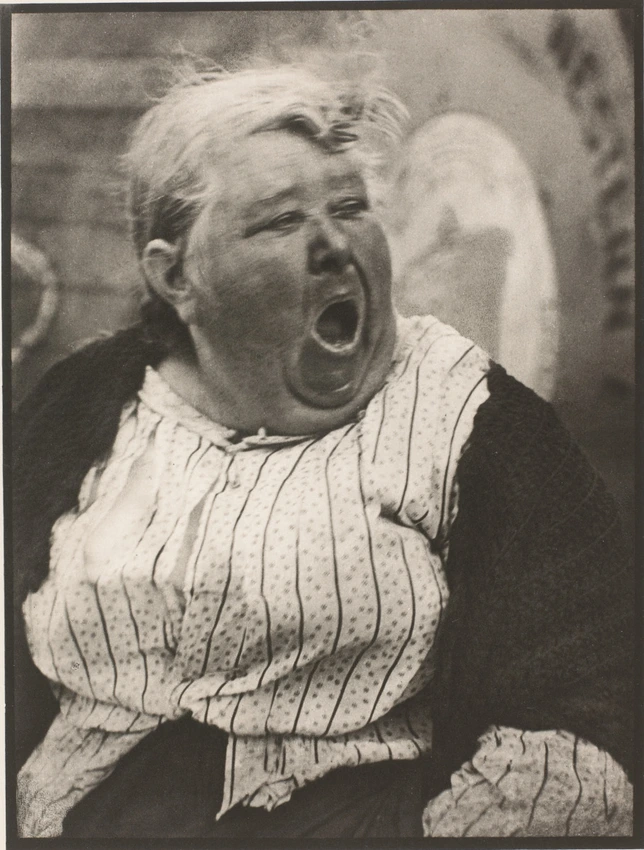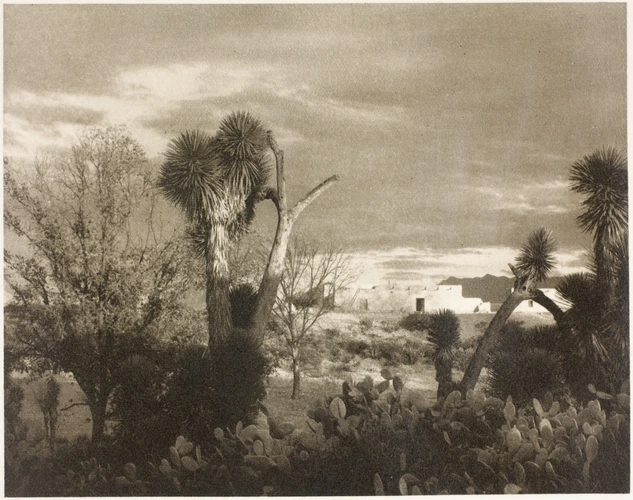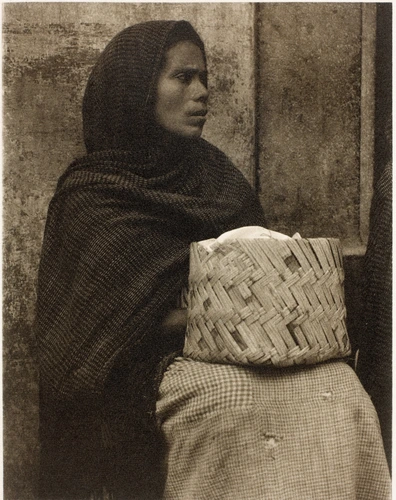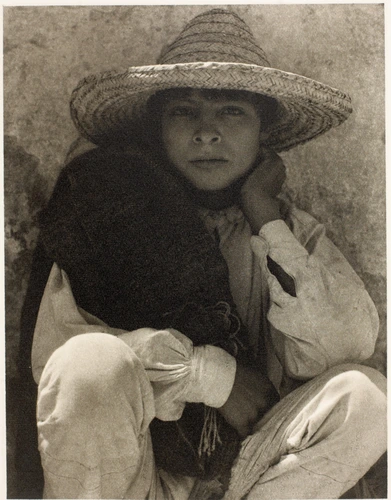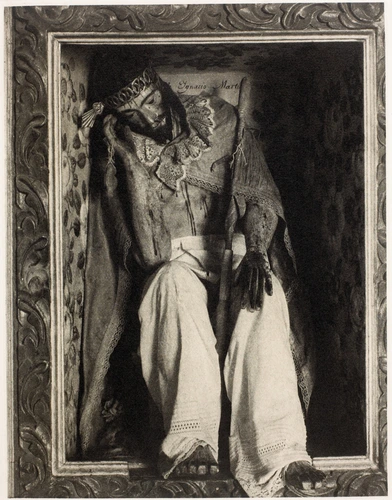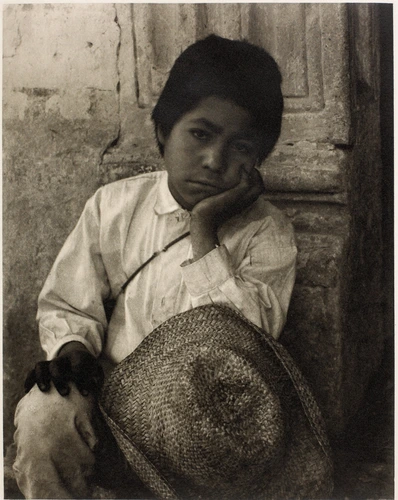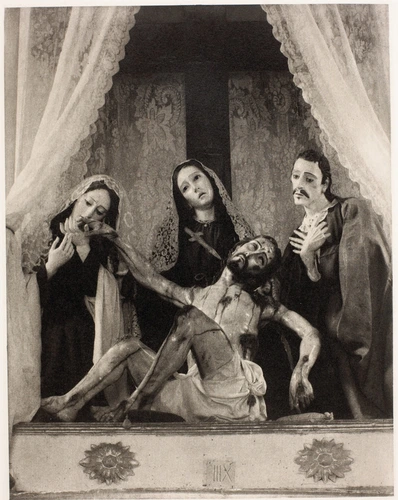Photograph - New York
Paul Strand studied under Lewis Hine (1874-1940), one of the fathers of social photo-reportage. He met Alfred Stieglitz, who introduced him to the European pictorial avant-garde, then being exhibited in his gallery "291" in New York. Convinced by Stieglitz that for photography to become an art in its own right, it had to rely only on its own special characteristics, and directly target real life subjects, Strand moved away from his early pictorialist tendencies. In 1916 the "291" gallery put on his first exhibition, and Stieglitz devoted the two last issues of Camera Work Magazine to Strand's work.
The photographer blended the formalist approach into his work, and today he is considered as the main exponent of "Straight Photography" – pure photography – and social issues. Architecture and objects from everyday life inspired his almost abstract compositions, whilst he showed his interest in the human condition through close-up portraits of anonymous people he passed in the streets.
